-
Welcome to Tacoma World!
You are currently viewing as a guest! To get full-access, you need to register for a FREE account.
As a registered member, you’ll be able to:- Participate in all Tacoma discussion topics
- Communicate privately with other Tacoma owners from around the world
- Post your own photos in our Members Gallery
- Access all special features of the site
Optimum transmission cooler size?
Discussion in '3rd Gen. Tacomas (2016-2023)' started by JimLS, Mar 8, 2025.


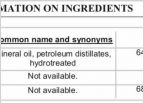 Is there a better transfer case oil than OEM?
Is there a better transfer case oil than OEM?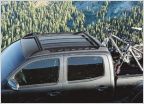 Good Deal on OEM Roof Rack
Good Deal on OEM Roof Rack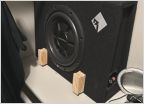 Speaker and audio upgrades for 2023 DC
Speaker and audio upgrades for 2023 DC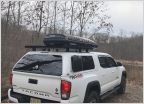 Suspension Improvement for bed CAP
Suspension Improvement for bed CAP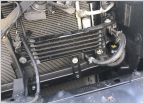 Does orientation of ATF cooler matter?
Does orientation of ATF cooler matter? Discovered an advantage to not having an auto-loking tailgate.
Discovered an advantage to not having an auto-loking tailgate.















































































